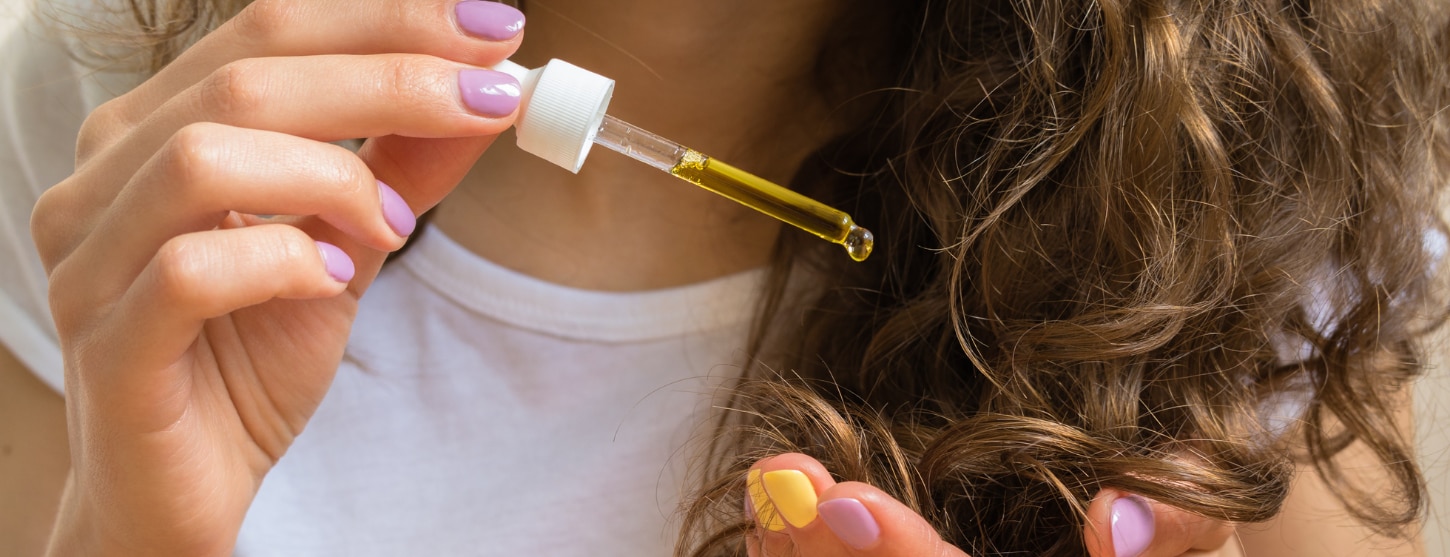15% off €25
Code:BASKET
How to prevent ingrown hairs
.png)
If you’re wondering what exactly causes ingrown hairs and how you might be able to prevent them, this is the guide for you.
Summary
1What can cause ingrown hairs?
Dead skin can clog up the hair follicles and cause hairs to grow in a different direction to normal.
2How to remove ingrown hairs
What you shouldn’t do if you have an ingrown hair is scratch or squeeze it as this could cause permanent scarring or infection.
3How to prevent ingrown hairs
Avoiding shaving. Soothing your skin with a cold, wet cloth. Exfoliating your skin after you shave or wax. Switching to different hair removal method.
You may have heard about ingrown hairs or even experienced them for yourself in the past. If you’re wondering what exactly causes them and how you might be able to prevent them, this is the guide for you.
So, what are ingrown hairs?
What can cause ingrown hairs?
It’s thought that shaving is the biggest cause of ingrown hairs. That’s why most people tend to get them in areas such as their armpits, face, legs and pubic region – all the places you’re most likely to regularly remove hair.
- If you wax, you may also have a higher chance of getting an ingrown hair.
- Threading can also be a cause, in addition to plucking out hair with tweezers.
- Having lots of dead skin may additionally be a contributing factor. That’s because dead skin can clog up the hair follicles and cause hairs to grow in a different direction to normal.
- People with thick, dark or curly hair are generally at a higher risk of getting ingrown hairs and will need to be a bit more careful when shaving.
How to remove ingrown hairs
Ingrown hairs, while sometimes painful and irritating, are quite easy to remove if you know how.
You could very gently remove the ingrown hair with clean, sterilised tweezers if it has started to poke out the top of your skin. Another method is to apply a warm, wet cloth to the area to aid in bringing the hair to the surface. You might also want to try soothing the area with some tea tree oil diluted in water or alleviate any inflammation by dabbing on baking soda that’s been mixed into a paste with water.
What you shouldn’t do if you have an ingrown hair is scratch or squeeze it as this could cause permanent scarring or infection. It’s also best to avoid shaving or waxing in that area until it heals.
How to prevent ingrown hairs
If you’d rather not get any ingrown hairs at all, there are some steps you can take to help prevent them. These include:
- Avoiding shaving. If it’s completely unavoidable, make sure you use a moisturising shaving gel and never shave too close to the skin. Your razor should also be clean and you’ll want to shave in the direction that your hair is growing.
- Soothing your skin with a cold, wet cloth. Do this after shaving to help bring down irritation and redness.
- Exfoliating your skin after you shave or wax. Exfoliation can help release any hairs that might be trapped beneath the surface of the skin.
- Switching to a different hair removal method. Laser treatment or hair removal creams are both good options depending on your budget.
If you frequently get ingrown hairs or you have one which you think might be infected, speak to a medical professional to see if they can prescribe you with a soothing cream or an antiseptic.
Last updated: 24 March 2020



